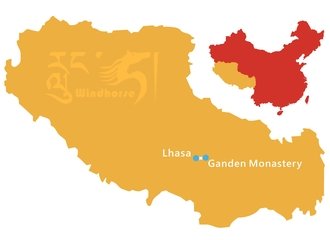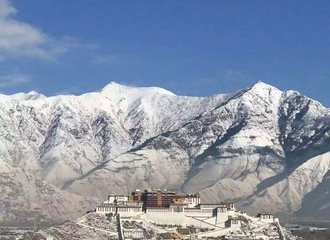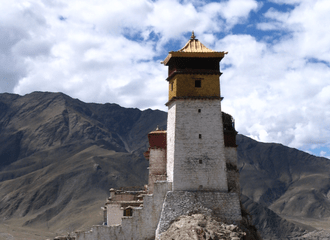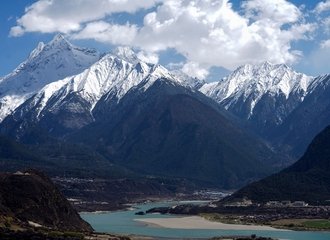What kinds of health conditions will prevent people traveling to Tibet?
Tibet, with its majestic landscapes, unique culture, and spiritual heritage, has captivated the minds and hearts of countless travelers over the years. Nestled within the Himalayan range, it stands as one of the most elevated places on Earth, boasting an average altitude of around 4,000 meters (13,123 feet). Yet, this very feature, which lends Tibet its ethereal beauty, also makes it a challenging destination for many due to health concerns. So, who should think twice before embarking on a journey to the "Roof of the World"?
Firstly, it's paramount to understand the principle behind these advisories. The higher you go, the less oxygen there is available in the air. This condition, known as hypobaric hypoxia, can lead to altitude sickness, a potentially dangerous condition if not treated promptly. Symptoms can range from mild, such as headaches and nausea, to severe, including confusion, breathlessness, and even life-threatening complications.
1. Serious Cold and High Fever
If you're suffering from a serious cold or have a high fever, it is advisable to postpone your trip. A compromised respiratory system combined with the thin air in Tibet can exacerbate symptoms, leading to respiratory distress. Plus, with a suppressed immune system, the risk of secondary infections rises, making it harder for the body to acclimatize and potentially turning the journey into a perilous adventure.
2. Acute or Chronic Pulmonary Diseases
Individuals with conditions like asthma, chronic bronchitis, or other respiratory diseases may face significant challenges in Tibet. The reduced oxygen levels can strain an already compromised respiratory system. Moreover, the cold, dry air can trigger asthma attacks or worsen chronic respiratory symptoms.
3. Severe Cardiovascular Diseases
The heart works harder at higher altitudes to deliver oxygen to vital organs. For someone with severe cardiovascular diseases, this can be particularly dangerous. Conditions such as uncontrolled high blood pressure, recent heart attacks, or certain cardiac disorders can be severely affected by the high altitude conditions, possibly leading to heart failure or other complications.
4. Advanced Pregnancy
The low oxygen environment can have potential effects on fetal development. Furthermore, the physical demands of traveling in such conditions can increase the risk of premature labor or other pregnancy-related complications. Thus, women in advanced stages of pregnancy are advised against traveling to Tibet.
5. Children Under Three Years of Age
Infants and toddlers have respiratory systems that are still developing. The high altitudes can be particularly challenging for them, and there's also a higher risk of them developing altitude sickness.
For anyone considering a trip to Tibet, especially those who fall into the above categories, the directive is clear: consult with your healthcare provider. While the allure of Tibet is undeniable, one's health and safety must always come first. A thorough check-up can give insights into your body's capability to handle such conditions, and it might even offer solutions to manage and reduce potential risks.
In conclusion, Tibet stands as a beacon for many in search of spiritual, cultural, and natural wonders. However, its geographical uniqueness demands physical robustness. By being informed and seeking medical advice, travelers can make responsible decisions, ensuring that their Tibetan journey is memorable for all the right reasons.
Check out our Tibet private tours for 2023.














